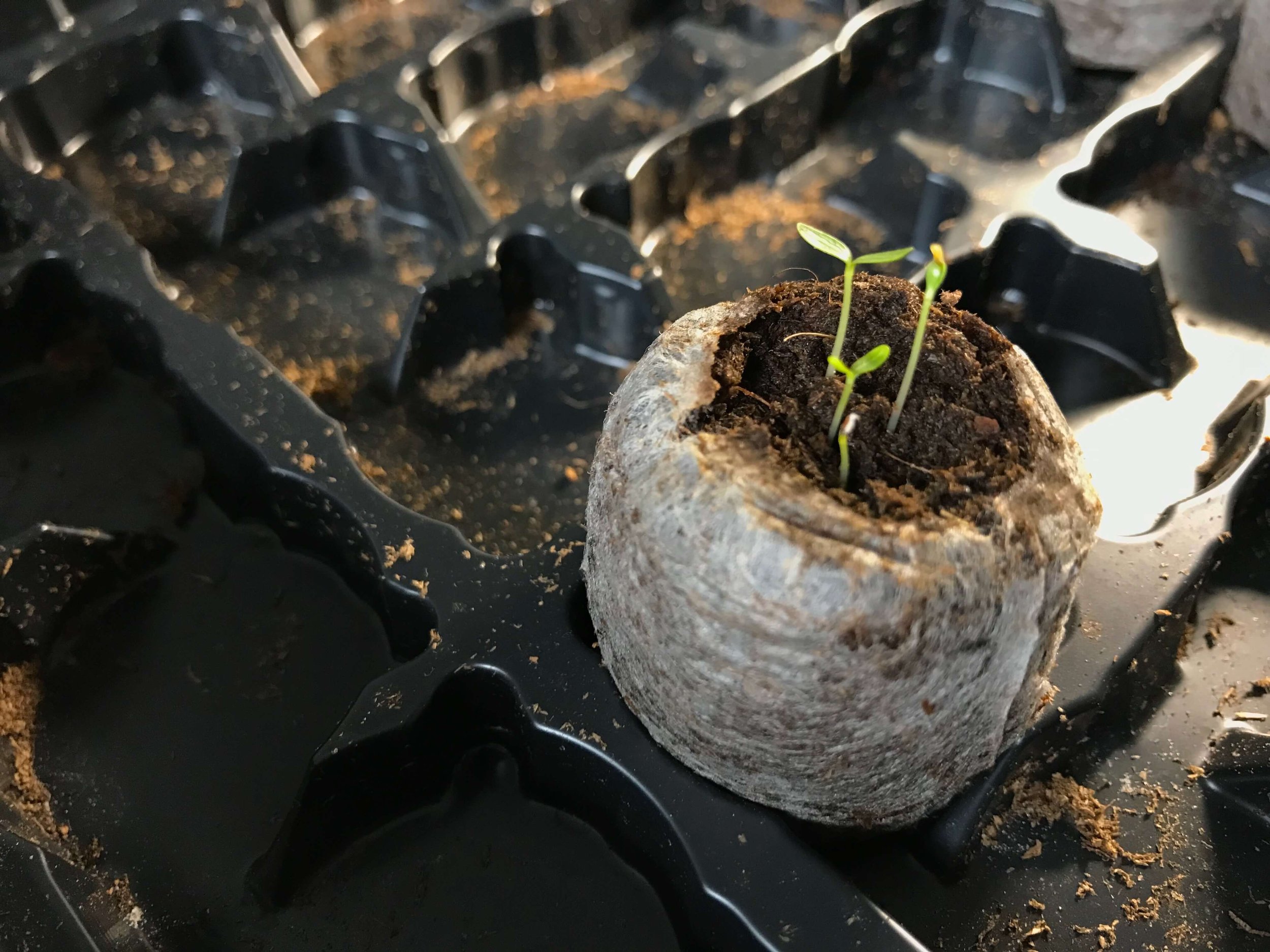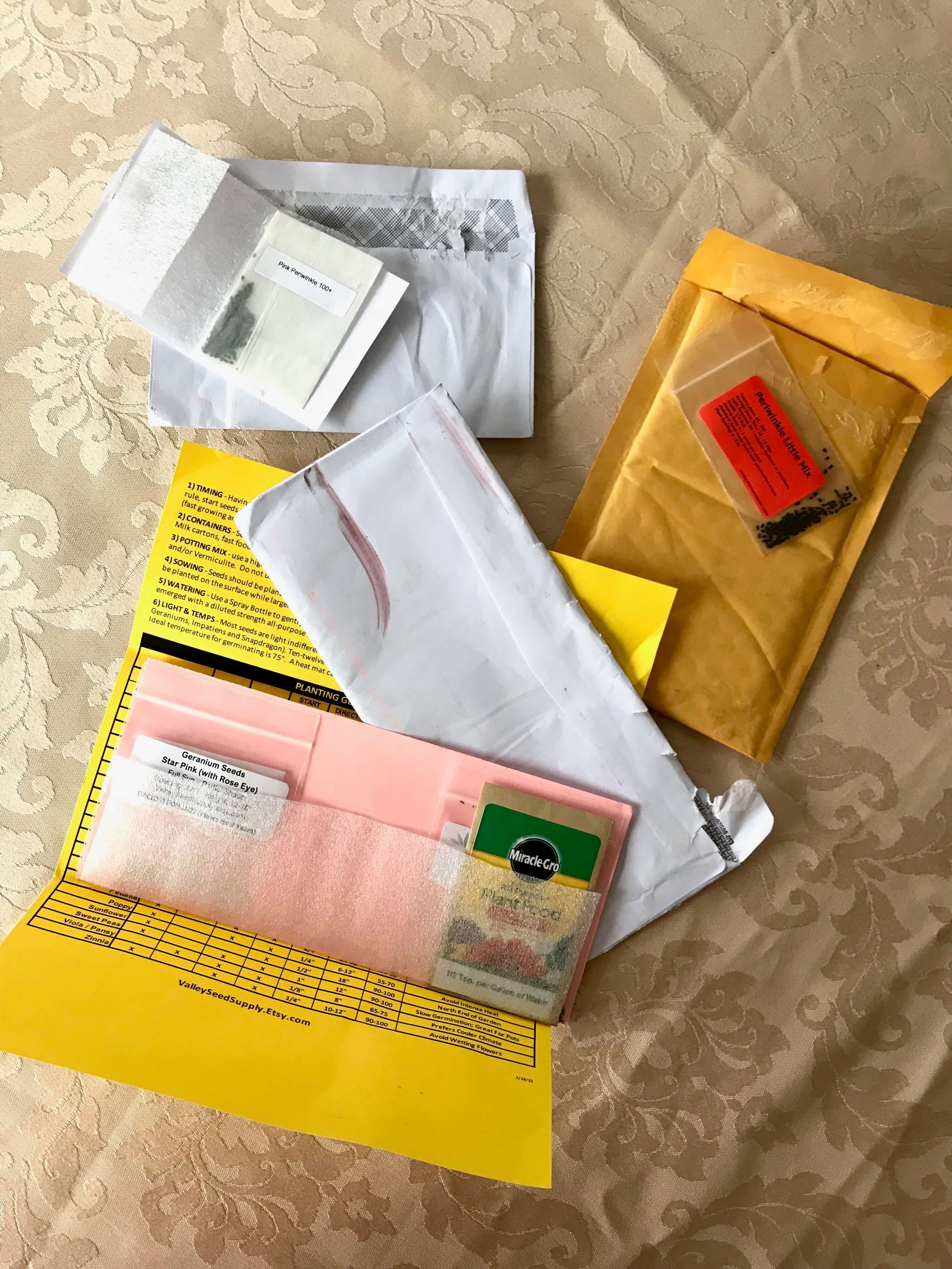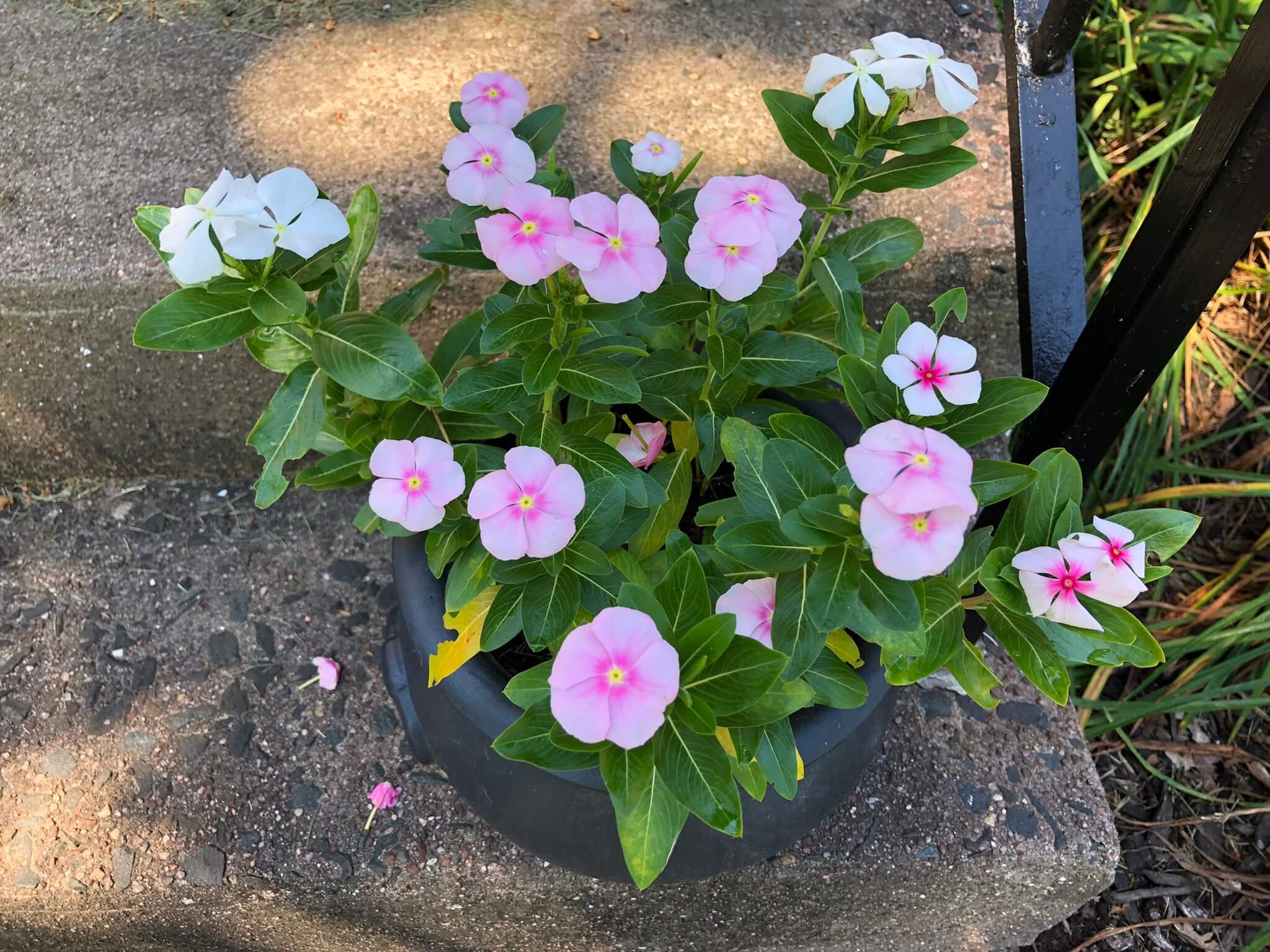From Seed to Bloom: How to Successfully Start Vinca From Seed
Starting vinca from seed
Gardening is a rewarding and therapeutic hobby that can bring joy to your life. Watching something you planted from seed grow into a beautiful flower is one of the most satisfying experiences you can have!
If you are looking for an easy-to-grow flower that will add color and texture to your garden, then vinca may be just what you need. In this blog post, we will show you how to successfully start vinca from seed so that you can enjoy these gorgeous flowers in no time!
The items listed are accompanied by affiliate links, meaning I earn a small commission if a purchase is made through my links. This has no impact on the cost to the consumer. I link to products this way whenever possible, and it has no bearing on the products I choose to review or recommend.
Facts About Vinca Flowers
With its bright, cheerful flowers and attractive foliage resembling impatiens, the annual vinca (Catharanthus roseus) is the perfect addition to any sunny garden.
Also known as Madagascar periwinkle or vinca periwinkle, this dependable tropical annual experience blooms from early summer until frost without having to worry about pests or drought - not bad for a flowering plant you can start from a seedling.
Incorporate vinca plants into your outdoor space to create a stunning and inviting atmosphere. These captivating plants are easy to care for and boast an array of shades, ranging from white, pink, red, and lavender.
Not only do vinca plants look divine in flower beds and borders but they also bring life to window boxes, containers, and other areas you desire to spruce up.
Vinca flowers flourish in soil that drains readily, with moderate irrigation and occasional fertilization. When left uncut, these blooms can reach heights of up to 6 inches and widths of 18 inches or more!
Annual vinca, which bears vinca flowers and has an upright growth habit, is often mistaken for perennial vinca. Unlike the periwinkle plant, perennial vinca acts as a spreading vine and has smaller blue-hued flowers.
While both species of plant are attractive additions to any garden, it's important to distinguish between the two if you decide to include vinca in your landscape. Different care instructions exist for growing each type of vinca plant so make sure that you purchase the correct one.
Vinca Periwinkle Seeds
These are the vinca seeds that I started from seed indoors. One is a Periwinkle Little Mix and the other a Pink Periwinkle.
When Should You Plant Vinca Seeds
Waiting for summer can be tedious, so why not utilize the winter months to get a head start and begin growing vinca seeds indoors? Check out this seed-starting cheat sheet to know when to plant your seeds (Get 10% off with discount code GBFRIENDS). After all, they require a lengthy amount of time in order to flourish-these particular seeds take a bit more time to germinate and grow than other types. I would recommend planting them 10-12 weeks before the last frost date in your area.
When the frost has come and gone, and the soil temperature reaches at least 60 degrees, you can finally place vinca seeds outside. Don't forget to give your seedlings the necessary protection of hardening off for a week to 10 days before planting them in your garden.
For those of you willing to put in the hard work and effort, vinca seeds will reward your patience with a flourishing garden full of beauty. The long wait is surely worth it!
Materials Needed to Start Vinca From Seed
In order to start vinca from seed you will need are the following items:
How To Grow Vinca From Seed
Now that you have all of your material gathered, you can begin the process of growing vinca from seed.
For those looking to add some color and life to their garden in the summer, starting your vincas early can be key. When outdoor plants appear dormant in winter, start growing your vinca indoors with proper lighting and water conditions - it's a great way to ensure bright blooms come June!
Here are the exact steps I took to start vinca seeds:
Get your Jiffy seed starting peat pellets ready to go by soaking them in water until they're saturated. This simple step can be done in just a few minutes!
Dry Jiffy Peat Pellets before soaking.
Jiffy peat pellets are a quick and easy way to start seeds indoors. They consist of a compressed disc of peat moss. The peat will begin to expand when it comes in contact with water, creating an ideal environment for seed germination.
These pellets make it easier for home gardeners to get an early start on their vegetable or flower gardens without the mess and fuss of mixing soils. The pellets also help conserve water by providing a consistent moisture level for the developing roots.
I personally like using the Jiffy Peat pellet starters because it also comes with a tray and humidity dome which helps to keep the moisture and heat in.
When your pellets are prepared, take your vinca seeds and sow 2-3 of them into each peat pellet, ensuring that they are buried 1/4 inch below the surface. Now, use your pencil to delicately scatter the soil over your seeds.
I am using a pencil to cover the tiny seeds with soil.
Once you have finished covering your seeds, make sure to cover your tray with the humidity dome and place it onto a warm radiator like I did or a heat mat.
Vincas are tropical plants and love the heat! Placing your seeds on a heating mat helps to maintain an even temperature (65-70 degrees), which is essential for successful germination. The warm temperatures in combination with the damp soil provide ideal conditions for vinca seed germination!
When sowing vinca seeds, it is of utmost importance to ensure total darkness for the germination process. To do so, simply cover the tray with a towel or similar material. Although I successfully used a towel, others have expressed success with black plastic bags.
After 1-2 weeks you should see tiny seedlings popping up out of their soil! Once they have sprouted, remove the humidity dome and start giving them lots of light. This is where your grow lights get used.
This is the grow light I used. It is linked above.
Set up your grow lights to be positioned 3-4 inches above your vinca seedlings. As your seedlings grow, you will need to adjust the height of your grow lights. I had mine on for 10 hours each day.
Here are my vinca seedlings under the grow light.
I used one grow light and had to keep rotating my tray since it was long and some of the seedlings on the edges were getting a bit leggy. In hindsight, I should have set up 2 grow lights.
Here you can see one vinca seedling is leggy compared to the other.
It is essential to keep a close eye on the soil while your plants are under the lights. To guarantee optimal care, only water it when its surface is completely dry by feel.
Ten days after your plants have sprouted, apply a 10-4-3 liquid fertilizer to the amount specified by the manufacturer for optimal growth and nutrition.
The first set of leaves you see is called cotyledons. Like all plants, once your vinca seedlings have established their cotyledon leaves, new true leaves will soon follow.
The vincas have their true leaves and are ready to be harden off and then transplanted.
When your vincas have grown to 2 inches in height and feature 3-4 true leaves, then you are ready to move them either into a larger pot or straight into the ground (provided that the soil is warm enough above 65 degrees).
It is important to note that you must harden off your vincas before they go outside, otherwise they may be shocked by the change in temperature.
I acclimated my plants to outdoor living by slowly exposing them to the elements. I placed them in a sunny location on a screened porch during the day and moved them back indoors at night for 10 days before transplanting them outdoors.
In total, I planted 85 peat pods and lost only 4. That makes my success rate unbelievably high- 95%! None of the plants died during transplantation; all of this can be attributed to hardening them off properly in advance.
Here are my beautiful vinca flowers that I grew from seed!
The process is now complete! With patience, you have successfully grown vinca from seed and are now well on your way to enjoying beautiful blooms come summer.
FAQS About Growing Vinca From Seed
Is it easy to grow vinca from seed?
It isn't difficult to grow vinca from seed, but it does require a bit of patience as the germination process is slow. As long as you follow the steps outlined above and provide your seeds with ideal conditions, you should have success growing vinca from seed.
How long does it take for vinca seeds to germinate?
It typically takes 1-2 weeks for vinca seeds to germinate.
Does vinca need darkness to germinate?
Vinca does need darkness to germinate. Make sure to cover your tray with a towel or black plastic bag for best results.
Where does vinca grow best?
Vinca grows best in full sun to partial shade with well-draining soil. It is heat and drought-tolerant, making it a breeze to look after in the garden.
Growing Vinca From Seed
Growing vinca from seed is a rewarding process. With the right conditions, it's possible to achieve an incredibly high success rate in your germination efforts.
The key factors are darkness, light, and humidity levels as well as proper fertilization and hardening off before transplanting outdoors. If you follow these steps closely, you'll be well on your way to enjoying beautiful blooms come summertime!
It may take some patience but with careful attention throughout the entire process, you can have vibrant vincas growing happily in no time at all!
Pin for Later>>




















